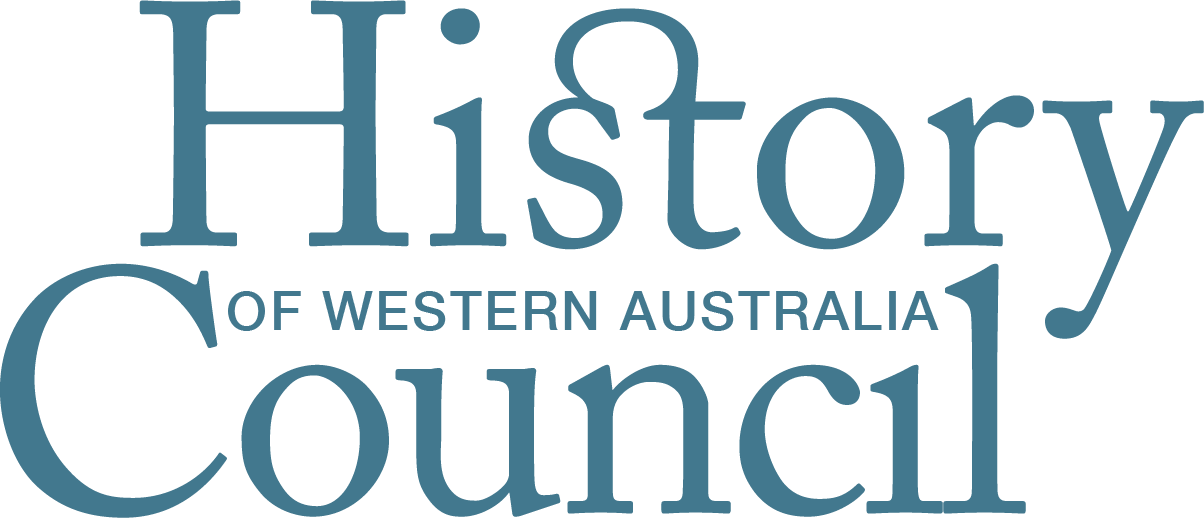Book review: Pride in Defence: The Australian Military & LGBTI Service since 1945, Noah Riseman & Shirleene Robinson, 2020.
The book Pride in Defence is published by Melbourne University Press.
In their excellent new book, Pride in Defence, Riseman and Robinson tell the reader that in the ADF, “…the sensible gay did not go about pushing the matter in the faces of all and sundry.” Indeed, the story of LGBTI service personnel in the Australian Defence Forces is one of secrecy and silence, discrimination and exclusion. And yet, as the new research outlined here shows, the narrative is much more complex and nuanced than may first appear to be the case.
The book is unique in several respects. It is the first comprehensive analysis of the experiences of Australian LGBTI service people post 1945 and importantly, it addresses the history of lesbian women in the ADF as well as the experiences of transgender and intersex service people. The text brings together distinctive primary sources including archival documents and ADF records, newspaper reports and oral histories from former ADF service members. The book has a significant scope, covering the period from 1945 to 2018 and is arranged with conveniently titled chapters and sections for easy navigation.
Evidence collected by Robison and Riseman suggests that much homosexual activity was tolerated within the ADF in the post-war period to the 1970s. While exclusionary policies did exist, they were not uniformly enforced and being gay did not necessarily mean being excluded from group camaraderie. For most men in the armed forces, the quality of the soldier and the friend was more important than a man’s sexual partners. Anecdotes described throughout the book show that gay subcultures within branches of the ADF were active in the period leading up to the 1970s. Higher ranking gay officers would protect other servicemen from discovery and even prevent any disciplinary action being taken against those men who had been discovered. Importantly, the research outlined here shows that ADF service police were not actively hunting gay men between 1950 and 1970.
Yet, the study demonstrates a significant diversity of experience for LGBTI service people and highlights how discrimination and intolerance within the ADF has changed over time. The period 1974-1992 was a time of heightened discrimination as the three services implemented a clear ban on all gay and lesbian service people. Those discovered were subjected to extensive interrogation, invasive and personal questioning, pressure to incriminate others and were often forced to request their own discharge or risk a dishonourable discharge. Efforts by activists outside of the ADF as well as the work of LGBTI members within the services, including ultimately legal challenges to the ban, led to its overturning in 1992. Yet as Riseman and Robinson show, the story was somewhat different for transgender and intersex service people in the ADF. While intersex members were never subject to a clear ban on their service, transgender service people were banned in 2000. Prior to this time, it was common for transgender people within the services to be misunderstood as homosexual and as such some transgender ADF members were subject to the earlier ban on gay and lesbian service.
The book is strongly recommended for anyone interested in Australian LGBTI history. Packed with fascinating insights and interesting anecdotes, this well-researched and nuanced study is an important contribution to Australia’s military and queer history.
Bri McKenzie

